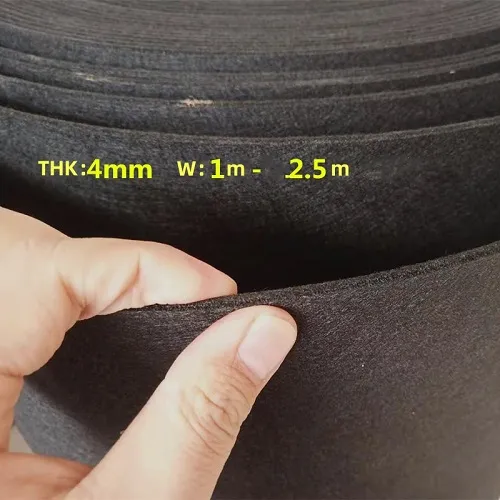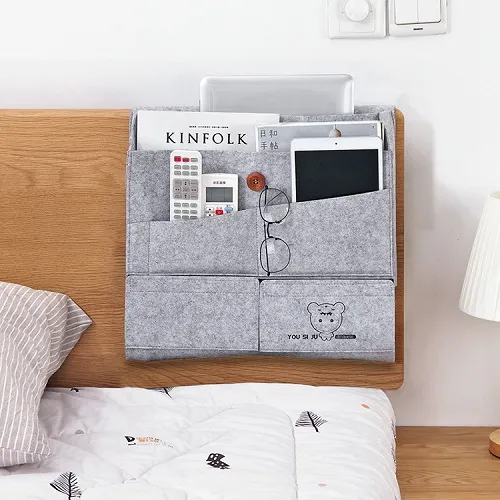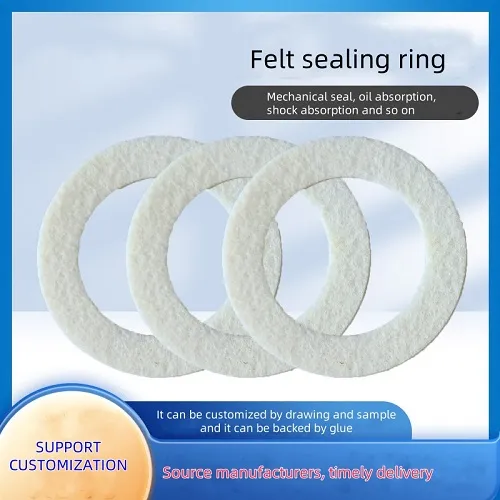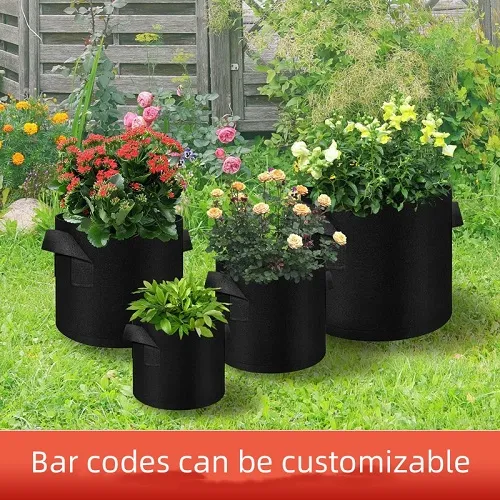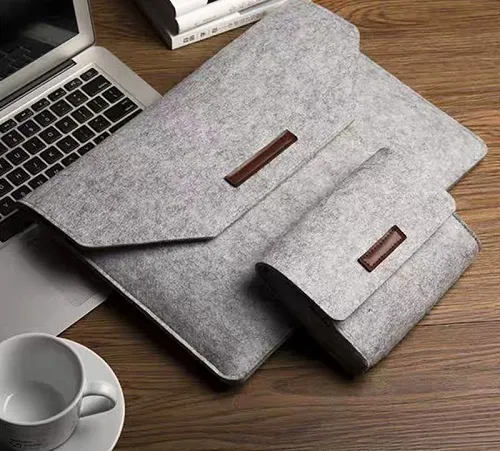Innovative Craft Ideas Using Colorful Felt Balls for Creative Home Decor and Accessories
The Art and Joy of Felt Balls
Felt balls have captured the hearts of many with their vibrant colors, soft textures, and endless versatility. These small, round wonders can be found in a variety of settings, from home decor to children's toys, and they embody both artistry and playfulness. The process of creating felt balls is not only a craft but also a bridge between traditional techniques and modern creativity.
The history of felt-making dates back thousands of years, with origins in ancient civilizations across Central Asia. Originally made from animal fibers, felt was used for all kinds of functional items, from clothing to shelter. Today, felt balls continue to draw upon this rich tradition, but they have evolved into a popular crafting medium that resonates with contemporary aesthetics.
One of the most appealing aspects of felt balls is their simplicity. They can be made from wool or synthetic fibers, and the process of creating them involves a straightforward method known as wet felting or needle felting. Wet felting involves using warm water and soap to mat the fibers together, while needle felting uses barbed needles to entangle the fibers. The result is a dense, durable sphere that can be produced in virtually any color or size.
Felt balls are particularly loved for their vibrant appearances
. They come in various sizes and can be dyed in a rainbow of hues, allowing for endless combinations. This availability of color gives crafters the freedom to express their creativity. Many artisans and hobbyists incorporate felt balls into garlands, wreaths, or decorative bowls, transforming any space into a whimsical wonderland.felt balls
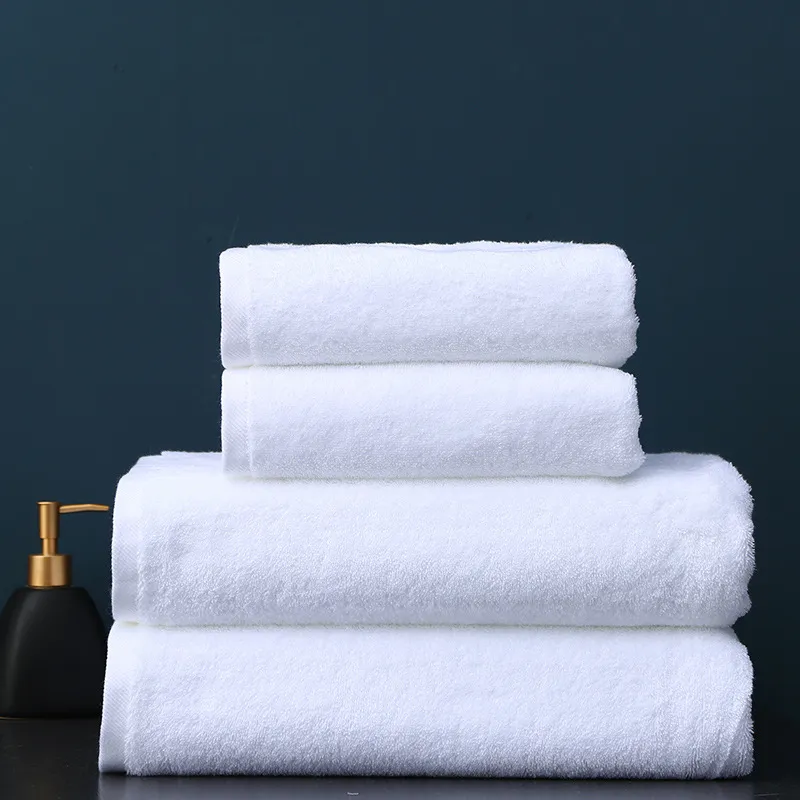
Besides their decorative uses, felt balls also have practical applications. They are frequently used in children's toys, such as soft playballs, sensory toys, and educational games. Their tactile nature stimulates sensory exploration, making them a favorite among parents and educators alike. Kids can engage with felt balls in countless ways rolling them, tossing them, or even using them for counting games. Their softness ensures that playtime is safe and enjoyable.
Moreover, felt balls can be integrated into DIY projects, from home decor to fashion accessories. Craft enthusiasts love to create unique items, such as mobiles, coasters, and even jewelry using these colorful orbs. They can be sewn onto fabric, strung together to create vibrant garlands, or used in mixed media art. The possibilities are limited only by one’s imagination.
Sustainability is another important factor when it comes to felt balls. Many artisans prioritize eco-friendly materials and practices, using natural wool sourced from local farms and non-toxic dyes to create their products. This approach not only reduces environmental impact but also supports local economies and promotes artisanal craftsmanship.
In conclusion, felt balls are more than just simple craft items; they are a celebration of tradition, artistry, and creativity. From their historical roots to modern applications, these charming orbs offer endless possibilities for crafting and play. Whether used in home decor, children’s toys, or artistic projects, felt balls bring joy and color into our lives. With their soft texture and vibrant hues, they remind us of the beauty of handmade creations and the satisfaction that comes from bringing our creative visions to life. So next time you discover a felt ball, take a moment to appreciate the skill and heart that went into making it, and let your imagination run wild with the creative potential they offer.
-
What Makes Felt a Great Choice?NewsNov.19,2024
-
Total Mixed Ration (TMR) Feed for CattleNewsNov.19,2024
-
The Ultimate Guide for Felt Polishing WheelsNewsNov.19,2024
-
Industrial Felt for Various ApplicationsNewsNov.19,2024
-
Felt Makeup Bags and Inserts BagsNewsNov.19,2024
-
Choosing the Right Hotel TowelsNewsNov.19,2024
-
Your Go-To Guide For Affordable Wholesale Wool FeltsNewsOct.31,2024



